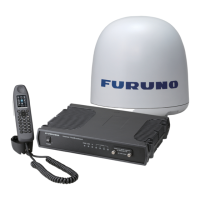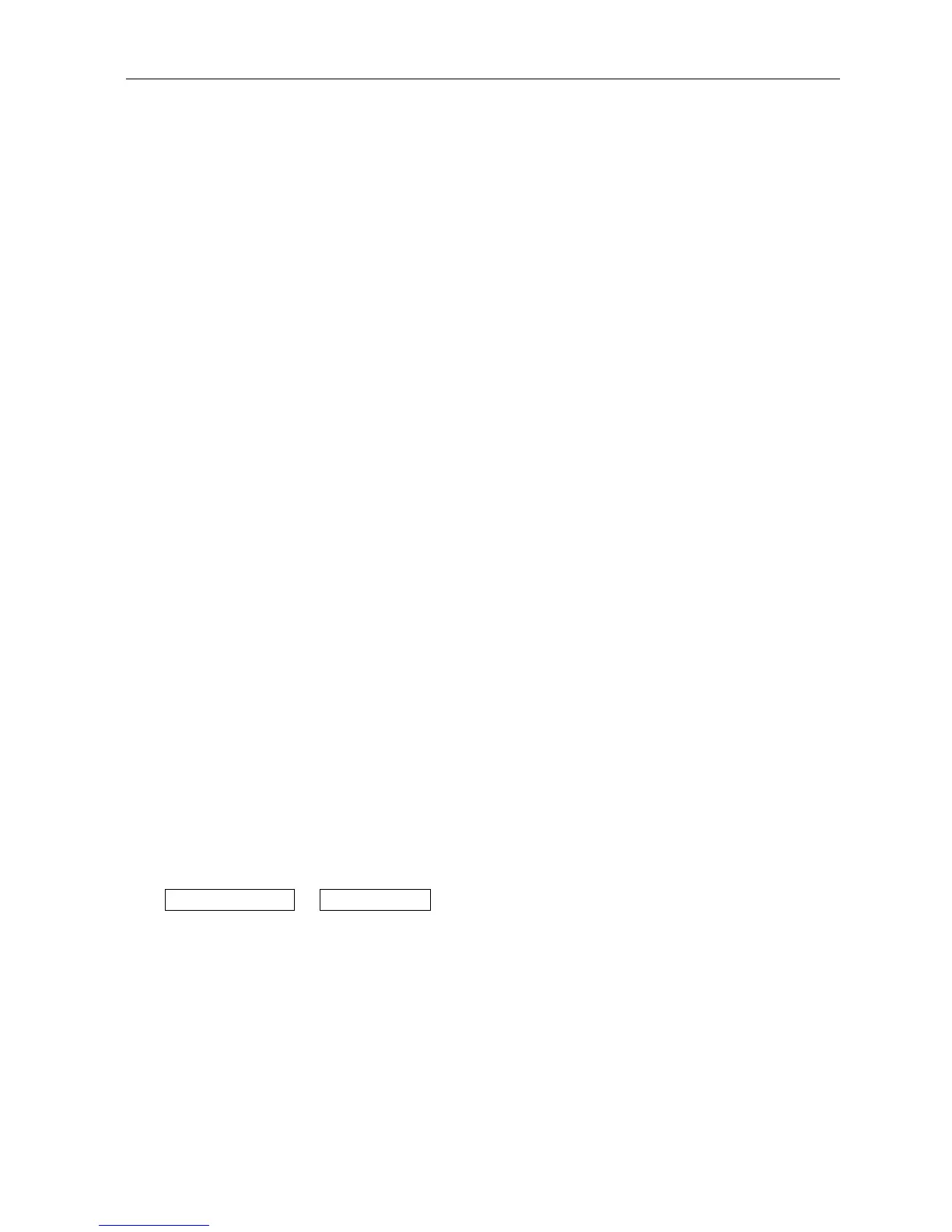10.4 Information
10-18
10.4.3 Basic/Incoming indicator
The setup value for Settings -> Basic settings -> Incoming indicator will be displayed.
x Ringing pattern:
You can identify which ringing setting is made for each service for the Incoming
indicator between “Different pattern” and “Same pattern”.
x Enabled service:
You can identify which service is set as to make the Incoming indicator ring
among Voice, FAX, ISDN UDI, and ISDN RDI.
10.4.4 Basic/Serial port
The setup value for Settings -> Basic settings -> Serial port will be displayed.
“Serial port” corresponds to the [RS-232C] port for the Communication unit.
When you intend to implement ISDN UDI or RDI communication via this port, the
setup values are to be as described below.
x Baud rate : 115200 bps
x Parity : None
x Flow control : Hardware
The modem to be installed in the PC is “Standard modem – 33600 bps”, and you will
need to make the settings for “Extra initialization command” depending onto each
service.
x 64 k UDI : at&c1&d2;+cmee=0;+cbst=116,1,0
x 56 k RDI : at&c1&d2;+cmee=0;+cbst=115,5,0
10.4.5 Network/LAN
The Own IP address setup value which can be accessed via Settings -> Network ->
LAN -> IP address will be displayed. DHCP refers to the DHCP server setting for the
same screen.
Set this to “Use” in normal cases so that dynamic IP addresses will be allocated from
the DHCP server mounted in the HUB board to the network connected terminals such as
Handsets, Incoming indicators and PCs.
Note that each network connected terminals can have a static IP address allocated.
This setting can be made by following; Settings -> Network -> LAN -> IP address ->
Lease information -> Change manual.
10.4.6 Network/WAN
When connecting to WAN, the Global Dynamic IP address allocated by the FB network
will be displayed.
Reference)
To obtain the Global Static IP address, you will need to apply for one to the provider.

